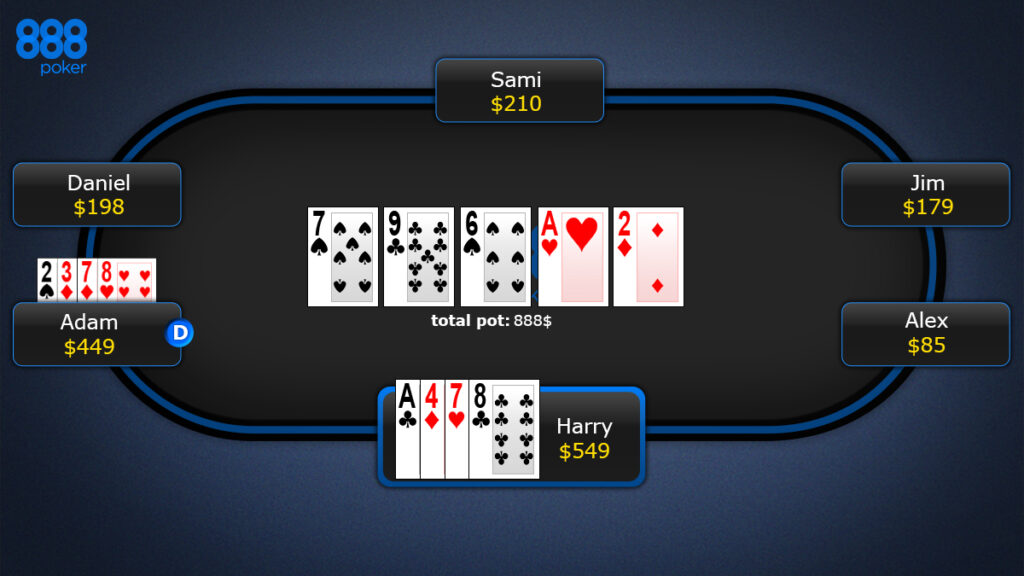Omaha poker, often simply called Omaha, on http://passionatelivingcourse.com/ is another popular variant of poker that shares many similarities with Texas Hold’em but also features some key differences that make it a distinct and strategic game. Here’s an overview of how to play Omaha along with the main differences from Texas Hold’em.
Basic Rules of Omaha Poker
The fundamental structure of Omaha is similar to Texas Hold’em, but with some crucial variations:
1. The Deal: Each player starts with four hole cards instead of two. This is perhaps the most significant difference and has a major impact on the strategy and complexity of the game.
2. The Objective: As in Texas Hold’em, the goal in Omaha is to create the best five-card poker hand. However, players must use exactly two of their four hole cards together with exactly three of the five community cards.
3. Betting Rounds: Omaha follows the same sequence of betting rounds as Texas Hold’em—pre-flop, post-flop, the turn, and the river, with a round of betting after each.
The Gameplay
Pre-Flop: After receiving their four hole cards, players engage in a round of betting, starting with the player to the left of the big blind.
The Flop: Three community cards are dealt face up. This is followed by another round of betting.
The Turn: A fourth community card is dealt, followed by more betting.
The River: The final community card is dealt. This leads to the last betting round.
The Showdown: If there are still players left after the final betting round, they reveal their cards. The player who can make the best five-card hand using exactly two of their hole cards and three community cards wins the pot.
Key Differences from Texas Hold’em
More Starting Cards: The four starting hole cards in Omaha offer a greater variety of possible hand combinations, significantly changing the game’s dynamics.
Hand Formation: In Omaha, you must use exactly two of your hole cards and three community cards to form a hand. This rule is crucial and different from Texas Hold’em, where you can use any combination of the community and hole cards.
Higher Hand Values: The requirement to use two hole cards often leads to stronger hands at showdown in Omaha compared to Texas Hold’em.
Pot-Limit Format: Omaha is typically played in a pot-limit format (pot-limit Omaha, or PLO), meaning the maximum bet or raise is equal to the current size of the pot. This differs from the more common no-limit format of Texas Hold’em.
Strategy Tips for Omaha
Starting Hand Selection: Strong starting hands in Omaha are ones that have the potential to make multiple types of hands, such as straights, flushes, or full houses. Hands with suited cards, connectors, or pairs can be powerful.
Beware of Draws: Omaha is a game of “the nuts” (the best possible hand), as it’s common for players to continue with strong draws. Always be aware of the possibility that your opponent is drawing to a better hand than yours, especially on flush and straight-heavy boards.
Position is Key: As in Texas Hold’em, position is very important in Omaha. Being in a late position allows you to make more informed decisions based on the actions of your opponents.
Conclusion
Omaha offers a complex, multi-layered variation of poker that appeals to players looking for a challenge beyond what Texas Hold’em offers. The requirement to use exactly two hole cards introduces a unique strategic element, making hand selection and the ability to read the board crucial skills. Like any poker game, practice and experience are the best ways to improve.










